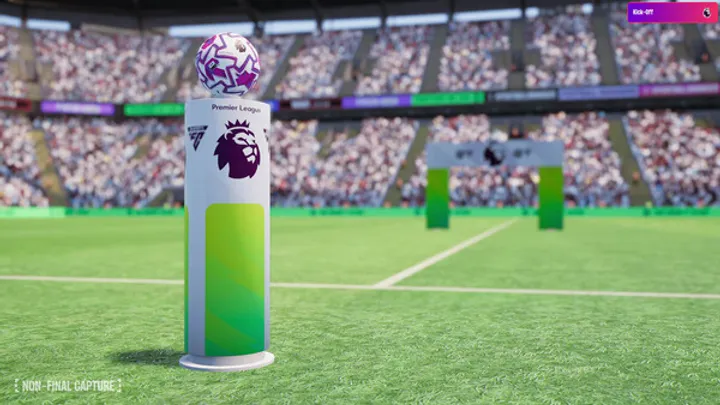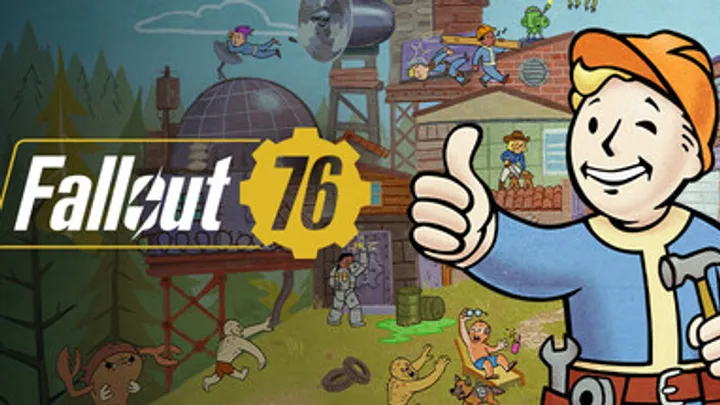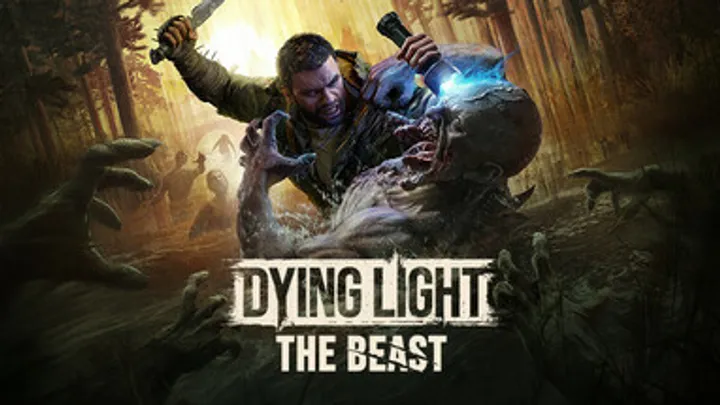Dying Light: The Beast is a spin-off of the acclaimed Dying Light series, focusing on intense parkour-driven movement, survival, and combat in a post-apocalyptic world infested with aggressive creatures. Unlike traditional zombie games, this title emphasizes vertical mobility, stealth, and strategic use of powers. Players take on the role of a survivor navigating treacherous urban environments while facing fast, intelligent infected enemies. This guide will provide a step-by-step approach to mastering movement, combat, resource management, and strategic planning for both casual players and hardcore survivalists.
Understanding the Game Mechanics
Dying Light: The Beast combines parkour, melee combat, and resource management.
Tips:
- Movement: Utilize wall runs, climbs, and jumps to escape danger and access loot.
- Combat: Weapons degrade over time; always have backups.
- Day/Night Cycle: Certain enemies are stronger at night; plan your exploration accordingly.
Strategy: Prioritize parkour mastery early to gain mobility advantages and reduce exposure to danger.

Parkour and Movement Techniques
Parkour is essential for survival and exploration.
Tips:
- Use the environment: ledges, poles, and rooftops for navigation and evasion.
- Practice chaining moves for fluid traversal; smoother movement reduces stamina consumption.
- Vaulting over obstacles quickly can prevent enemy detection.
Advanced: Learn to use vertical spaces for ambushes and to avoid large hordes effectively.
Combat and Weapon Management
Combat requires strategy; brute force is rarely effective.
Tips:
- Prioritize melee weapons for quiet takedowns; firearms attract attention.
- Upgrade weapons whenever possible to maximize damage output.
- Target weak points of enemies to conserve stamina and weapon durability.
Advanced Strategy: Combine parkour moves with attacks for critical damage or escape maneuvers.
Resource Gathering and Crafting
Resource management is critical for survival.
Tips:
- Collect materials for weapons, traps, and health items.
- Craft items based on upcoming challenges; anticipate night attacks.
- Prioritize crafting throwable items for crowd control against infected groups.
Advanced: Maintain a balanced inventory: always carry healing, weapons, and traps to respond to unpredictable encounters.
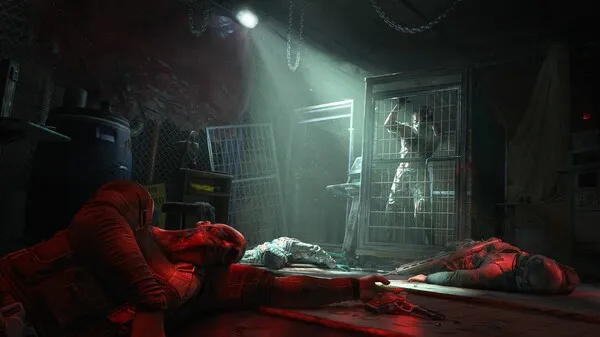
Stealth and Avoiding Danger
Stealth reduces risk and preserves resources.
Tips:
- Avoid large groups of infected when possible; use rooftops or narrow alleys.
- Use distractions, such as throwing bottles or noise-makers, to mislead enemies.
- Nighttime increases enemy strength; consider stealth-focused exploration at these times.
Advanced: Combine stealth with parkour to set traps or lure enemies into environmental hazards.
Understanding Enemy Types
Different infected and human enemies require different tactics.
Tips:
- Standard Infected: Use melee weapons and parkour to outmaneuver.
- Enhanced Night Infected: Avoid direct confrontation; use ranged weapons or traps.
- Human Factions: Prioritize quick takedowns and be wary of ambushes.
Strategy: Study enemy patterns; knowledge of attack behavior allows for predictive movement and energy-efficient survival.
Skill Progression and Upgrades
Character skills define efficiency in combat and mobility.
Tips:
- Invest early in parkour and stamina skills to improve mobility.
- Upgrade combat skills for higher damage and critical strikes.
- Balance between combat, parkour, and crafting skills for versatile gameplay.
Advanced: Focus on skill synergies, like combining stamina boosts with climbing speed to reach loot faster and avoid enemy engagement.
Mission Strategy and Side Quests
Completing missions efficiently is vital for progression.
Tips:
- Prioritize main quests for story progression but explore side quests for rare items and upgrades.
- Use knowledge of map layout to plan routes and avoid unnecessary encounters.
- Some side quests can unlock permanent buffs or weapon blueprints.
Advanced: Chain side quests with main missions to optimize time and resource gains.
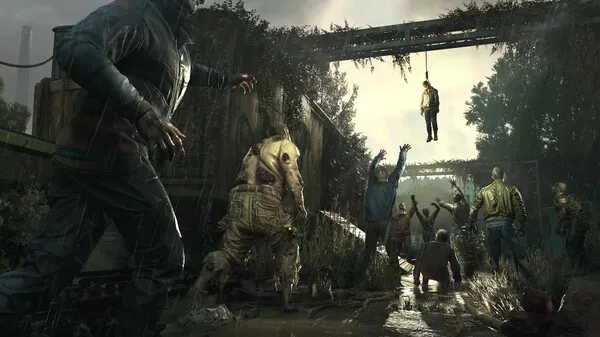
Replayability and Survival Challenges
Dying Light: The Beast encourages replay and challenge modes.
Tips:
- Experiment with different strategies: aggressive combat vs. stealth and evasion.
- Attempt survival challenges to improve skills, earn rare loot, and test abilities under extreme conditions.
- Replay missions during nighttime for higher difficulty and rewards.
Strategy: Adjust playstyle to the environment and enemy composition for consistent survival improvements.
Conclusion
Mastering Dying Light: The Beast requires a balance of parkour mastery, strategic combat, resource management, and stealth. Understanding enemy types, upgrading skills efficiently, and planning exploration routes are key to surviving in a hostile world. Players who master vertical movement, combine stealth with combat tactics, and optimize resources will thrive in both story-driven and survival-focused gameplay.
Patience, observation, and adaptability are essential to survive the challenges of Dying Light: The Beast and to enjoy the depth of its parkour and combat systems.








